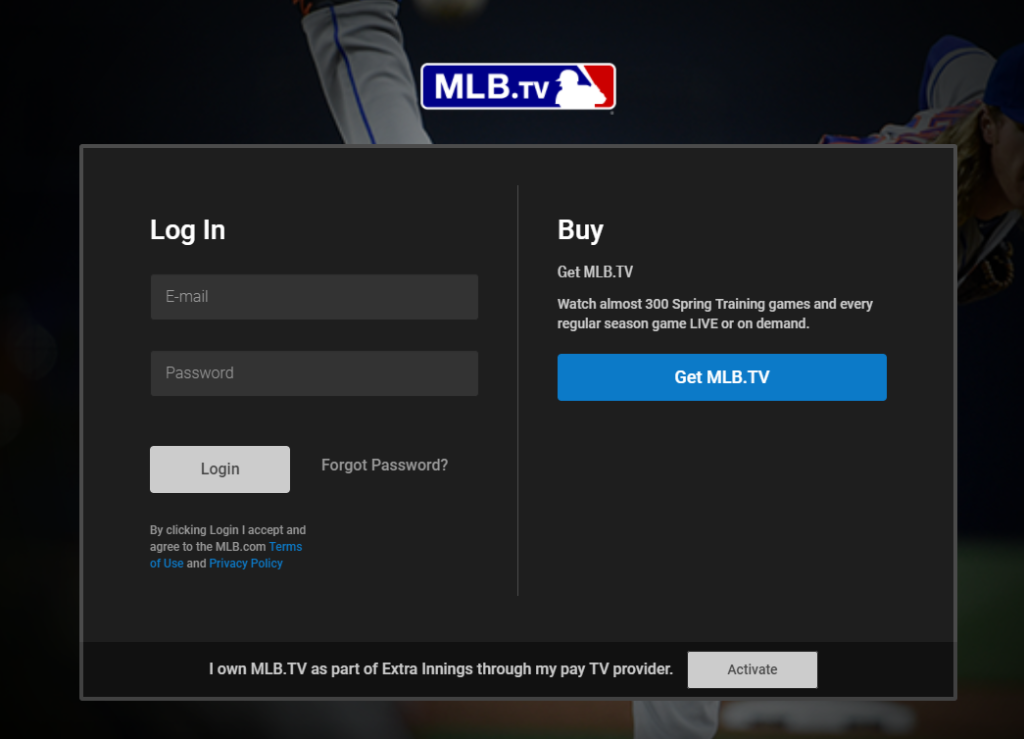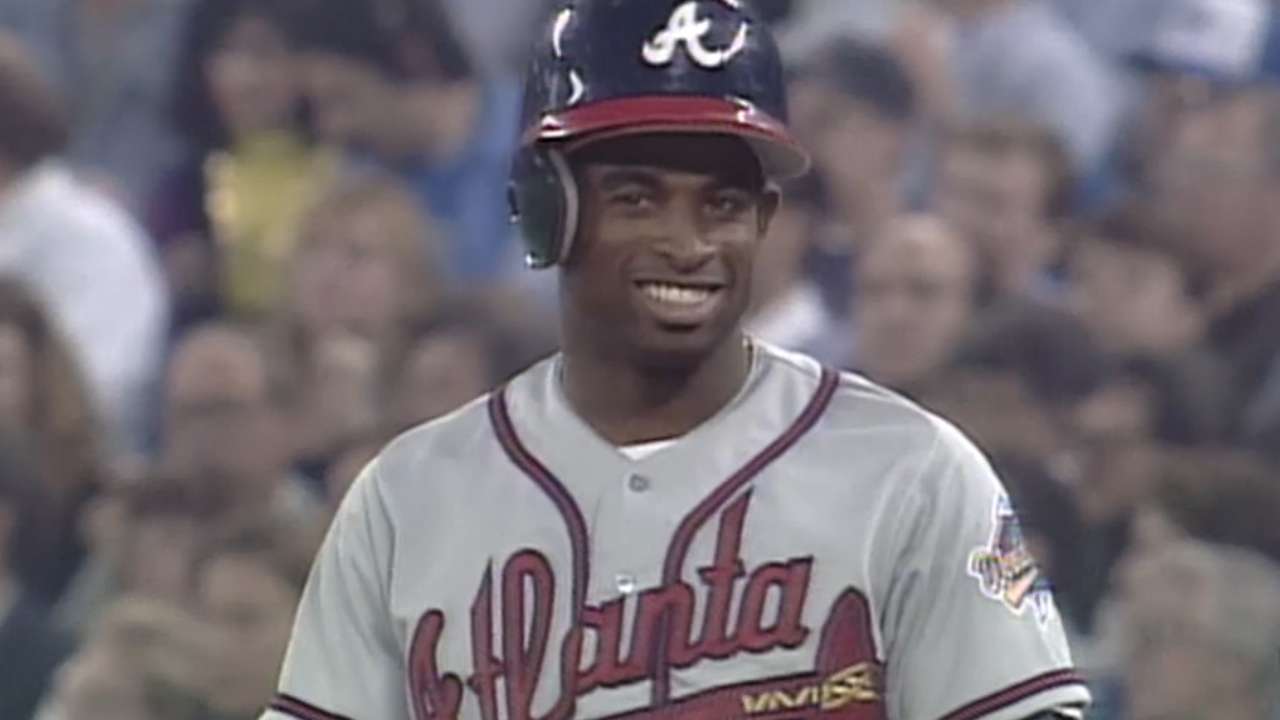
- #PIC OF MLB UMP LOPKING AT TV SCREEN REPLAY FULL#
- #PIC OF MLB UMP LOPKING AT TV SCREEN REPLAY SERIES#
Managers get one challenge per game, and if that challenge is successful, they receive a second. The replay decision will be either the call is confirmed, stands (if there is no conclusive evidence) or is overturned. If an ump has simultaneous challenges in both games, one will "cascade" to the next pod over.īaseball established a "clear and convincing" standard for overturning calls. When an umpire has a decision to make, screens for their other game will go dark.
#PIC OF MLB UMP LOPKING AT TV SCREEN REPLAY FULL#
"That's when I realized that we certainly can't ignore the technology and the fact that this seemed to be what the people want or think they want," Torre said.Įight umpires will be assigned to the replay room each week, with generally six on duty for a full schedule and each monitoring two games at a time. Detroit went on to win Game 2 and sweep the New York Yankees.

Torre long opposed video review but changed his mind in October 2012, when umpire Jeff Nelson missed a call on Robinson Cano's two-out tag of Omar Infante at second base in the AL championship series, calling the runner safe. MLB took a tentative step toward replay in August 2008, when it first used video to decide boundary calls such as home runs at the top of fences or near foul poles.
#PIC OF MLB UMP LOPKING AT TV SCREEN REPLAY SERIES#
"I'll see more games than the Fan Cave," quipped Justin Klemm, a former minor league umpire and big league fill-in who was hired last month as MLB's director of instant replay.īaseball ignored replay even as it was first used by the NFL in 1986, the NHL in 1991, the NBA in 2002 and the Little League World Series in 2008. There is a sink and a microwave - the food court on the first floor is filled with dozens of options. The nine circular overhead lights are kept low, the walls are grey and the carpeting is dark - all so that the televised images will stand out more for the umpires. The umps will wear headsets and can push a button to speak with their colleagues at any stadium.įifteen Asus computer monitors are scattered about, four on a wavy table in the centre where supervisors will monitor the review umpires and up to 15 simultaneous games (there would only be the maximum if weather delays the action in the eastern half of North America). Three more "floater" stations stretch across the back well.Įvery station has four 46-inch screens - three Planars for each pod, with a higher-quality Sony directly in front of each umpire's seat. On each side are three stations, each to be staffed with a technician on the left and a major league umpire on the right.

Walk in, and there's 65-inch Pentus TV to your left. Outside the room, next to a modernist black sofa, is a 55-inch NEC screen, with another just inside the entrance. There are dozens of televisions, more than enough to make it resemble NASA's Mission Control. Inside the sliding glass doors at the offices of Major League Baseball Advanced Media, the room has its own power supply in case of a blackout - with batteries as a second auxiliary - and a stand-alone heating, ventilation and air conditioning system that keeps the temperature at 72 degrees. "Maybe it will keep them from having one or two more sleepless nights if they are able to grab one and overturn it." "I'm happy for the managers," said Joe Torre, an MLB executive vice-president overseeing the new system. More than $10 million has been spent wiring the 30 big league ballparks with Fiberlink cable that will transmit the images from at least 12 cameras at every site, and Major League Baseball says it will take just 400 milliseconds for each image to arrive at the command centre.Īll in an effort to prevent the type of botched calls that cost Detroit's Armando Galarraga a perfect game in 2010.

In a dimly lit room of just under 1,000 square feet in the Chelsea Market in Manhattan's Meatpacking District, umpires and technicians will make the decisions that could decide games and championships. opener of the 2014 season, players, managers and fans will turn their attention to the ROC - the Replay Operations Center.

Starting with the Los Angeles Dodgers' game at the San Diego Padres on Sunday night, the U.S. NEW YORK - After deciding close calls on the field since 1876, baseball opens a high-tech control room this weekend where the fates of batters, pitchers, runners and fielders will be decided by umpires up to 2,600 miles away in the building where the Oreo cookie was invented.


 0 kommentar(er)
0 kommentar(er)
